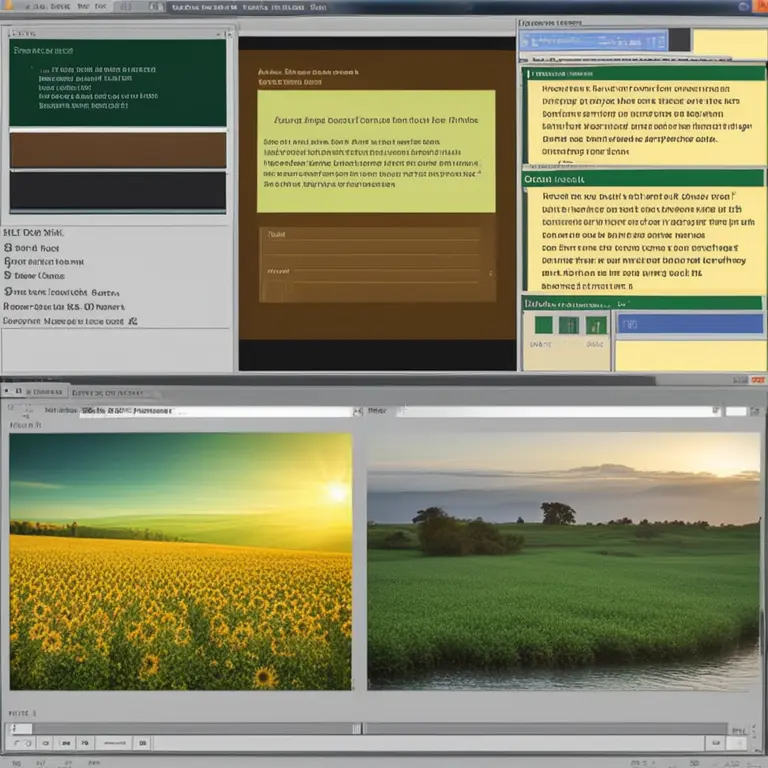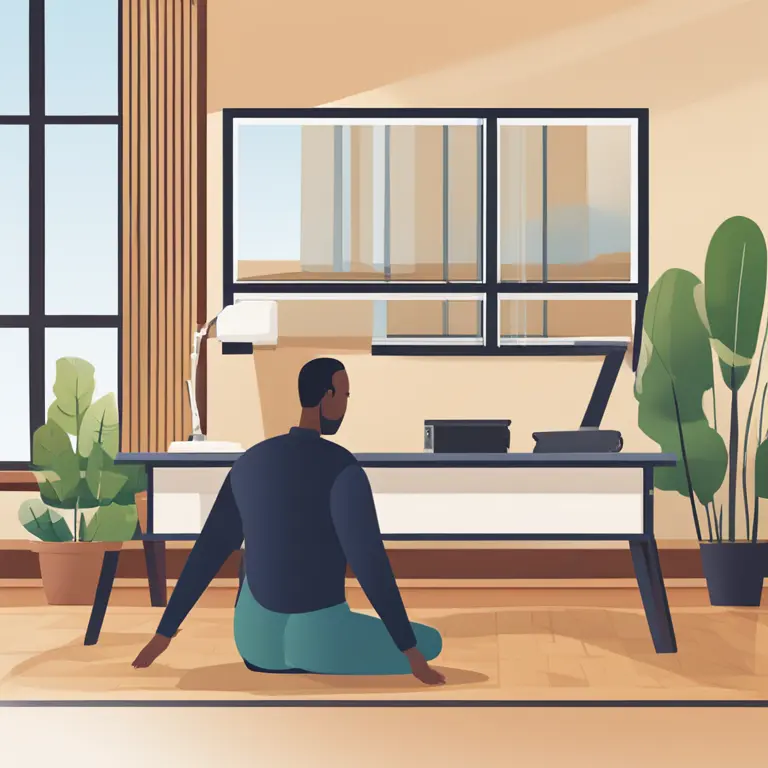
15-Minute Mindfulness Meditation
Embrace calmness and clarity with a short, effective mindfulness meditation designed for daily practice and suitable for anyone seeking a serene mental space.
article by Hina Kurosawa
Introduction to Mindfulness Meditation
Mindfulness meditation has surged in popularity as a gateway to serenity in the bustling modern world. It’s a practice that involves focusing the mind on the present moment while calmly acknowledging and accepting one's thoughts, feelings, and bodily sensations. A daily 15-minute session can significantly enhance one’s mental clarity and emotional balance. In the next few sections, we’ll guide you through the essentials of crafting your mindfulness routine within the tight timeframe of our always-on culture.

Setting Up Your Space
Before delving into mindfulness, it's crucial to establish a conducive environment. Select a quiet area where interruptions are unlikely. You may choose to sit on a chair with your feet flat on the ground, cross-legged on a cushion, or even lie down — whatever is most comfortable for you. Ensure your posture is relaxed yet attentive. Optionally, enhance the ambience with dim lighting or a soft shawl. Comfort and minimalism are key — this isn't about lavishness but about creating a personal haven for reflection and connection.

Centering Yourself
Begin by gently closing your eyes or softening your gaze. Take a few deep, intentional breaths, inhaling through the nose and exhaling through the mouth. With each breath, feel your body relax as you consciously release tension in your shoulders, jaw, and forehead. The initial moments of meditation are vital as they signal to your body and mind that it's time to slow down and shift focus inward. This breathwork acts as the threshold into a mindful state, bridging everyday hustle with tranquil introspection.

Embracing the Present
As you settle in, direct your attention to the present. Notice the sensations of your breath at the tips of your nostrils, the rise and fall of your chest, or the gentle expansion of your abdomen. Should your mind wander to past events or future worries, gently acknowledge these thoughts without judgment and guide your focus back to your breathing. This non-attachment to passing thoughts is the essence of mindfulness, fostering a practice of compassionate awareness.

Deepening the Mindfulness Experience
During your meditation, you might choose to implement a simple mantra or focus on a specific sensation, like the feeling of air in the room or the soundscape of your environment. This can deepen the meditative experience, anchoring the mind more firmly in the now. If emotions arise, observe them as if from a distance, allowing them to be present without letting them take center stage. Through consistent practice, this detached observation fosters a greater understanding of one's emotional landscape.
Culminating the Practice
As your session draws to a close, don't rush to open your eyes and move about. Instead, take a few moments to express gratitude for the time spent in meditation. You might place your hands over your heart or simply sit with appreciation for the self-care you've afforded yourself. When you're ready, gradually bring movement back into your body, wiggling your fingers and toes, and slowly open your eyes, carrying the calm with you into your day.
Integration into Daily Life
Mindfulness doesn't end with meditation; it’s meant to imbue your daily activities. Whether you’re eating, walking, or engaging in conversation, maintaining a moment-by-moment awareness can transform mundane tasks into acts of meditation. The benefits, from reduced stress to heightened creativity, start to infiltrate every aspect of your life. Remember, it's not about perfection—it's about the ongoing effort and commitment to living mindfully.
Published: 1/18/2024
Modified: 1/18/2024
More predictions
Come back here soon to learn more about yourself and your future


A Short Guide to Mindfulness Meditation
Embark on a journey of self-awareness and tranquility with this comprehensive guide to mindfulness meditation.


Mindfulness Meditation: A Path to Lasting Happiness
Discover how mindfulness meditation can enhance your sense of wellbeing and lead you to a happier life in this insightful article.


Mindful Teaching: Meditation Practices for Educators
Discover the benefits of mindfulness meditation for educators seeking balance, enhanced concentration, and emotional wellbeing in a demanding profession.